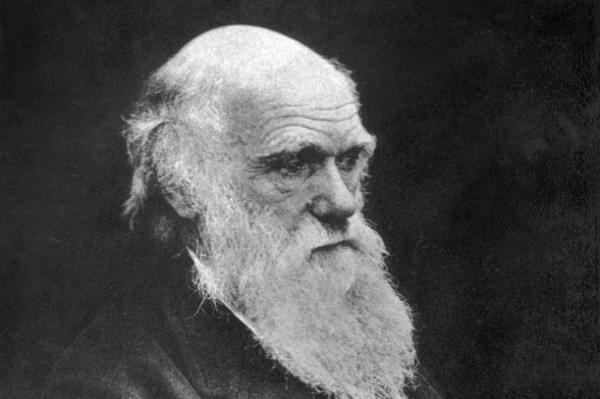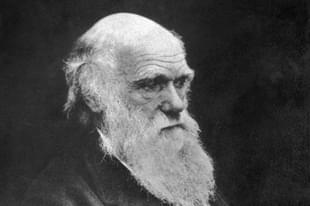Science
Caste And Nasal Indices: The Legacy of Colonial Distortions
Aravindan Neelakandan
Dec 30, 2023, 02:57 AM | Updated 02:57 AM IST
Save & read from anywhere!
Bookmark stories for easy access on any device or the Swarajya app.


In 1831, on 27 December, the HMS Beagle started its voyage with a young 'amateur' naturalist onboard. This young man could also act as a kind of priest because he had studied (and dropped out of) theology. He was Charles Darwin.
He was almost not selected to be on board by the ship's captain, Robert Fitzroy.
Fitzroy was everything that a typical colonial-era European elite was. A staunch Christian and a believer in the superiority of European races, he also held that the body morphology was an indicator of human character. It was a belief very much prevalent in Europe of the time and was almost considered as part of science.
In this scheme of things sharper the nose, the more intelligent a person would be. If the nose was a snub one, then its owner was a dull unintelligent person.
This 'science' was called Physiognomy. Darwin's nose did not meet the length criterion of Fitzroy and he was thinking of dismissing Darwin as not eligible. Later, when he found Darwin to be intelligent and astute, and when both grew a little friendly, Fitzroy shared this earlier apprehension with him.
Twenty-three years after this, in 1854, Max Muller, searching for physical clues to differentiate between 'Aryans' and 'Dasyus', whom he considered as separate races, wrote:
The only expression that might be interpreted in this way is that of 'susipra', as applied to Aryan gods. It means 'with a beautiful nose'... The Dasa or barbarian is also called vrasipra in the Veda, which seems to mean goat or bull-nosed, and the 'Anasas' enemies whom Indra killed with his weapon (RV V.29.10) are probably meant for noseless .... people.
Still, Muller was admittedly speculative and cautious. Later, with the creation of the nasal index by Herbert Hope Risley, this would be converted into what would look like a hard-science of anthropometry. Risley was three years old when Max Muller was speculating on the shape of nose as a marker of racial difference between the 'Aryan' and 'Dasyu'.
Risley borrowed the nasal index from Paul Topinard, a famous French anthropologist who believed in the 'permeance of types' and also believed that Australian aborigines are the last vestiges of an altogether different races of a bygone era.
Topinard believed in using physical measurements like the shape and length of nose as well as jaw shape etc. to create a grand scheme of taxonomy of human races.
With this framework, Risley congratulated himself, asserting the nasal index's alignment with both ancient data and modern sciences.
No one can have glanced at the literature of the subject and in particular at the Vedic accounts of the Aryan advance, without being stuck by the frequent references to the noses of the people whom the Aryans found in possession of the plains of India.... In taking their nose then as the starting point of our present analysis, we may claim to be following at once the most ancient and the most modern authorities on the subject of racial physiognomy.
One can see here how the highly speculative and very much guarded expression of Max Muller becomes an assertion of fact about Vedic society for Risley.
One can be sure that were such a study of nasal indices applied to that era's European society - British or otherwise- one could have come with a caste structure there as well - from Anglo-Saxon dukes to Welch peasants.
Perhaps they would even have done that. The colonial empire and 'discovery' of the 'other races' allowed the Western society to transfer their own prejudices and superstitions as 'scientific studies' and project them onto the societies like India and African societies. A pre-Darwinian, unscientific European superstition or as they call it, an 'old wives' tale', became a law in a colonised nations like India - distorting and poisoning the relations between communities and their own self-perspectives.
And what we, from the religious heads to bureaucrats to political strategists, call as 'upper' and 'lower' castes are based on such colonial interventions. What is to be seen is if India's indigenous spirituality has the strength to break these colonial shackles of the mind.





